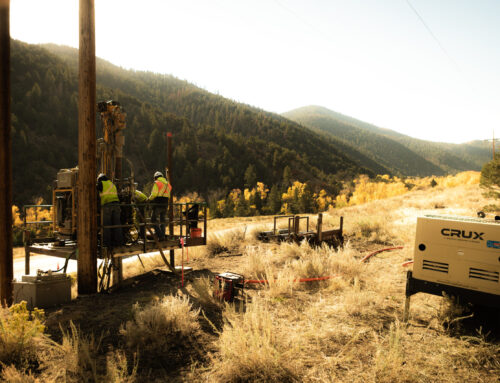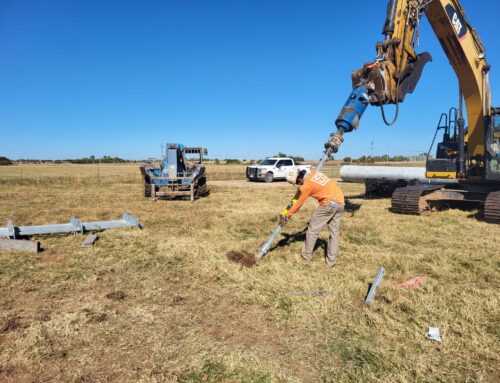
Environmentally Sensitive Foundation Construction
Southern California Edison’s Tehachapi Renewable Transmission Project (TRTP) consists of upgrading eleven segments of high-voltage transmission line. The upgraded alignment will increase reliability in the area and deliver renewable energy to the Los Angeles area. Segment 11 involves replacing 20 miles of 220 kV transmission line with 17 miles of new single-circuit 500 kV transmission line. The segment is located within the Angeles National Forest, requiring additional environmental measures.
Team Members
Southern California Edison
PAR Electrical Contractors
Crux Subsurface
Crux’s Role
Crux provided turnkey micropile foundations for 38 lattice tower structures. This encompassed foundation design; construction activities from excavation to concrete pile cap completion; site remediation; and oversight of construction monitoring and helicopter subcontractors. All structures were located within the Angeles National Forest and required all equipment, materials, and personnel be transported by helicopter. Foundation sites were characterized during the drilling of the first pile, determining the pile quantity and depth required for that structure. Concrete pile caps were constructed upon the completion of micropile installation.
Several sites were located on steep slopes, leading Crux to value engineer a stub angle modification. Stub angle to concrete cap connections were used in conjunction with analysis of site specific surveyed elevations to optimize foundation construction, reduce the potential for unsafe excavation heights, and minimize total concrete and excavation volumes for the project. This modification benefitted both project schedule and the overall environmental footprint.
Working within Forest Lands during times of extremely high fire potential presented an additional project challenge. Crux was commended for pioneering a fire plan that went above and beyond requirements, and was later used as an example for other contractors. In total, Crux oversaw more than 1600 helicopter hours and over 32,000 man hours with only one recordable safety incident and zero environmental incidents.







